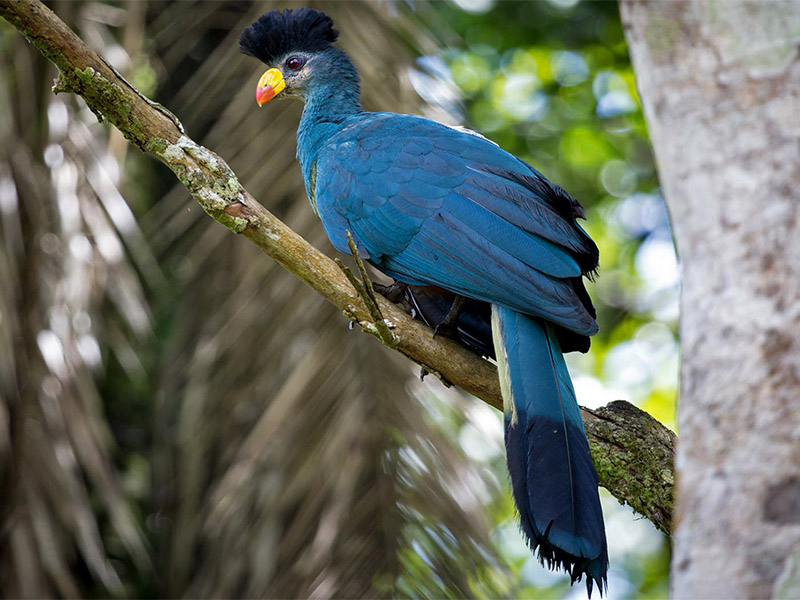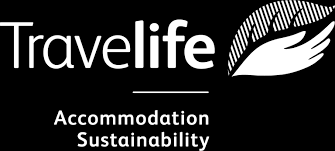Categories
- Accommodation
- Accommodation at Kibale Forest
- Budget accommodation at Kibale
- Budget accommodation in Uganda
- Budget Hotels in Entebbe
- Budget Murchison Falls Accommodation
- Bwindi Guides
- Bwindi National Park Guides
- Entebbe Hotels
- Exclusive Lodges In Murchison Falls National Park
- Exclusive Lodges in Queen Elizabeth National Park
- High End Accommodation At Kibale
- Kibale
- Luxury accommodation at Kibale
- Luxury Accommodation in Queen Elizabeth National Park
- Luxury Hotels In Entebbe
- Luxury Murchison Falls Accommodation
- Midrange accommodation at Kibale
- Midrange Hotels In Entebbe
- Midrange Murchison Falls Accommodation
- Murchison Falls Guides
- Murchison Falls Lodges
- News
- Popular
- Queen Elizabeth Guide
- Queen Elizabeth National Park Accommodation
- Semi-Luxury Entebbe Hotels
- Travel Guide
- Uganda Honeymoon Lodges
- Uncategorized
Bigodi Wetland Sanctuary

Established in 1992, Bigodi Wetland Sanctuary stands as a shining example of community-based ecotourism in Uganda.
Managed by the Kibale Association for Rural and Environmental Development (KAFRED), the sanctuary showcases how conservation and community empowerment can thrive together. Visitors can enjoy a guided nature walk along a scenic trail that winds through the wetland, offering exceptional opportunities to spot a rich variety of wildlife.
The sanctuary is especially renowned for its forest-edge bird species and diverse primates that thrive along the borders of Kibale Forest. Beyond ecotourism, Bigodi Wetland Sanctuary also serves as a training hub for bird guides, many of whom now work across Uganda, spreading conservation knowledge and enhancing the country’s birding reputation. It is not just a place of natural beauty, but also a living model of sustainable tourism, environmental education, and community development.



Reasons To Visit Bigodi Wetland Sanctuary
1. Some of the best forest birding in Uganda
Bigodi Wetland Sanctuary is a paradise for bird enthusiasts, boasting more than 200 recorded species. The sanctuary is particularly famous for sightings of the gorgeous Great Blue Turaco, along with a variety of colorful forest-edge and wetland birds that make it one of Uganda’s premier birding destinations.
2. Exceptional standard of guiding
Guided walks at Bigodi Wetland Sanctuary are led by highly skilled local guides, trained through the sanctuary’s own programs. Their deep knowledge of the ecosystem—spanning birds, plants, primates, and community culture—ensures visitors leave with much more than just photographs.
3. Wooden boardwalk birding
A unique wooden boardwalk takes you deep into the swamp, where birders can spot several localized species rarely found elsewhere. This tranquil setting provides a chance to experience the wetland up close while enjoying unobstructed views of secretive swamp specialists.
4. Perfect complement to chimpanzee trekking
Located right on the edge of Kibale National Park, Bigodi is the ideal add-on experience for those trekking chimpanzees. After a thrilling encounter with primates in the forest, the wetland walk offers a slower, more immersive way to explore Uganda’s rich biodiversity.
5. Spot up to six primate species in one walk
Bigodi Wetland is not only about birds. Visitors often encounter several species of monkeys—including red colobus, black-and-white colobus, red-tailed, vervet, blue monkeys, and the grey-cheeked mangabey—all within a single guided walk.
6. Extend your visit with a cultural experience
The wetland trail can be combined with a visit to the surrounding Bigodi village, where travelers can visit community elders, local craft markets, traditional homesteads and a traditional healer, providing insight into the rich heritage that complements the sanctuary’s experience.
7. Affordable ecotourism experience
Unlike many wildlife activities, Bigodi Wetland Sanctuary offers a budget-friendly option without compromising on quality. Its affordability makes it accessible to a wide range of visitors, from backpackers to seasoned birders.
8. Supporting local community development
Every visit to Bigodi Wetland Sanctuary directly benefits the surrounding community. Profits are reinvested into local schools, healthcare, clean water projects, and livelihood programs—making your visit not only enjoyable but also impactful.
Wildlife in Bigodi Wetland Sanctuary
Many of the 13 primate species recorded in Kibale National Park are regular visitors here. The most frequently seen is the Ugandan red colobus, a flagship species for the wetland. Visitors may also encounter troops of black-and-white colobus, the rare Uganda mangabey, as well as red-tailed monkeys, L’Hoest’s monkeys, and blue monkeys. On lucky days, even chimpanzees wander through the swamp on their way between forest patches.
The sanctuary also shelters elegant antelope such as the bushbuck and the elusive sitatunga, a semi-aquatic species that thrives in papyrus swamps and is rarely seen elsewhere. For bird lovers, Bigodi is nothing short of spectacular. With over 200 species recorded, the wetland offers unforgettable sightings of vibrant species such as the Great Blue Turaco, Ross’s Turaco, Yellow-billed Barbet, Blue-throated Roller, and the striking Papyrus Gonolek—a swamp specialist with dazzling red and black plumage.
Activities in Bigodi Wetland
The highlight of a visit to Bigodi is a guided nature walk along a 4.5km (2.8mi) trail that winds through the wetland and its surrounding habitats. These walks are led by knowledgeable local guides, whose keen eyes and passion for nature bring the forest to life.
During the walk, visitors typically encounter around 30 species of colorful forest-edge birds, with chances to spot rarities such as the Papyrus Gonolek and the elusive White-spotted Flufftail. The trail also offers frequent sightings of monkeys, including red colobus, black-and-white colobus, and other primates that thrive in the sanctuary.
A special feature of the experience is the wooden boardwalk that cuts through the heart of the papyrus swamp, offering close-up views of this unique ecosystem. For those seeking a deeper cultural connection, the walk can be extended to include a visit to community elders and a traditional healer, providing insight into the rich heritage that complements the sanctuary’s natural wonders.
Best Time to Visit Bigodi Wetland
Bigodi Wetland Sanctuary is a rewarding destination year-round, as its key bird species are resident and can be spotted in any season. Chimpanzee tracking in neighboring Kibale National Park is also available throughout the year. However, for the most comfortable conditions underfoot, the drier months of January, February, June, and July are ideal, when trails are less muddy and easier to navigate.
How to Get to Bigodi Wetland
Bigodi Wetland Sanctuary lies on the edge of Kibale National Park, about 37km (23mi) southeast of Fort Portal. The drive takes roughly 45–50 minutes along a well-surfaced road. Along the way, you’ll pass the Kanyanchu chimp trekking trailhead on your left, about 4km (2.5mi) before reaching the sanctuary. Upon arrival in Bigodi, look out for the official KAFRED office, which is clearly signposted. Be cautious of other places in the area offering cheaper “swamp walks,” as they are less worthwhile and do not provide the authentic community-based ecotourism experience that Bigodi Wetland Sanctuary is known for.
Note: Driving times are approximate and delays are always possible, so allow extra travel time where needed.
Our Trusted Partners





